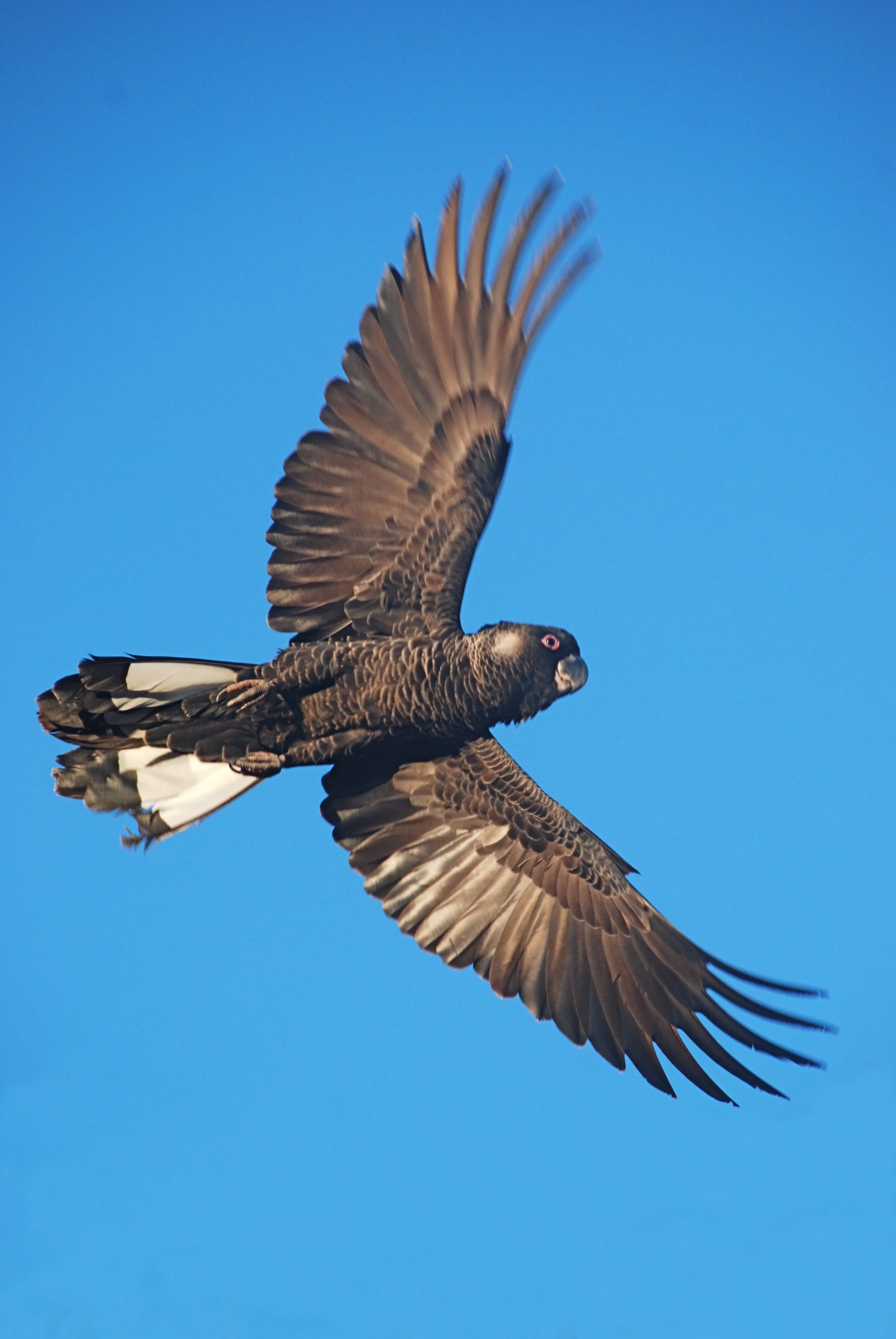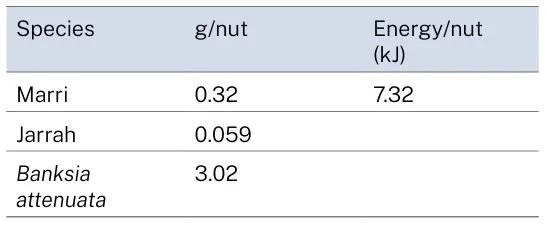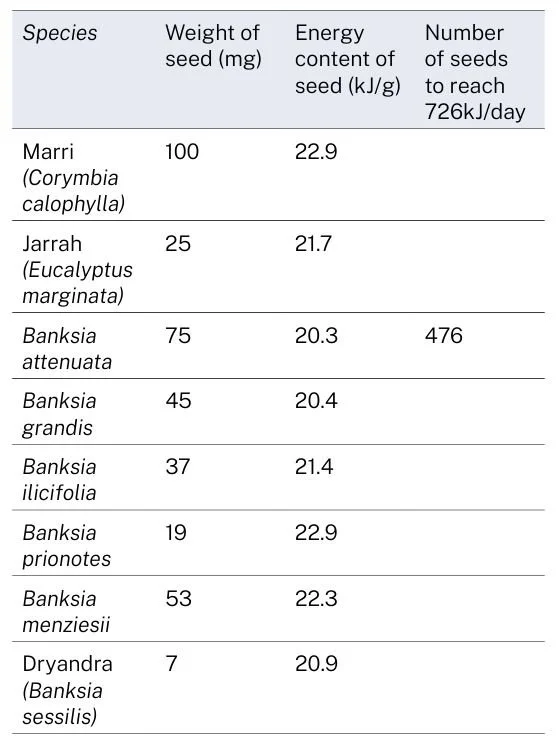Module 2
Measuring Energy
Using the Joule
Note in the equation of cellular respiration, glucose is oxidised. This is the chemical basis of burning, or acquiring heat. Energy in heat can be measured, and the first person to make the connection between energy and heat was a British scientist, James Prescott Joule, an English brewer of beer, who noticed that stirring water could cause a rise in its temperature.
Joule designed a way of measuring the relationship between the energy used in stirring the water and the change in temperature. A metal paddle wheel was rotated by falling masses and this churned water around in an insulated can.
• The amount of work done (kinetic energy) was calculated by multiplying the weight of the falling masses by the distance they fell.
• The heat generated was calculated from the mass of the water and the temperature rise.
Joule found that exactly the same quantity of heat was always produced by exactly the same amount of work.
As a result of Joule’s investigations and other experiments at the time, we now interpret the process of heating or cooling as a transfer of energy. When heat ‘flows’ from a hot object to a cold one, energy is being transferred from the hot to the cold body).
In order to measure heat energy, one needs to know
• the volume of the water being heated
• the amount of heat being transferred
• the Specific Heat capacity of the substance being measured
Carnabys in Banksia
DEFINING SPECIFIC HEAT
Specific heat is denoted as Q = m.c.ΔT, where Q is the heat energy transferred, m is the mass of the object, c is the specific heat capacity of the object in SI units (for water, is 1 calorie, or 4.186 Joules) and ΔT is the change in temperature.
For example, the heat energy produced by raising the temperature of 20g water from 200 oC to 230 oC can be substituted in the equation as:
Q = 20g (4.186g.oC)(30 oC)
= 20 x 4.186 x 30
= 2,512 joules, or 2.5kjoules
MEASURING ENERGY IN GLUCOSE
The ability of a food substance, like sugar, to be oxidised (or burnt) and produce heat, is the basis for measuring its energy as heat.
• The device used is called a bomb calorimeter. It works by burning a sample in an oxygen-rich atmosphere and then measuring the temperature increase from the combustion reaction.
• It calculates how much heat is released, per unit mass of combustible material burned, and compares it with the heat obtained from the combustion of a reference material such as benzoic acid.
CALORIES AND JOULES
• Heat produced (in the bomb calorimeter) is measured as calories, where one calorie is the heat needed to increase the temperature of 1 gram of water by 1oC.
• The Standard International Unit (STU) used today is the Joule, where one calorie is equivalent to 4.186 joules
• The potential energy in 1 gram of glucose (oxidised in a bomb calorimeter) is 4 kcal, equivalent to 16.7 kJ.
Cockatoos and Energy
This exercise draws up an energy budget to help in a restoration program for the Carnaby’s White-tailed Black cockatoo, ngoorlak, (Zanda latirostrus) listed as Endangered under the Federal Environmental Protection and Biodiversity Conservation Act, 1999.
• The habitat of the White-tailed Black cockatoos, both Carnaby’s and Baudin’s, together with their relative, the Red-tailed Black cockatoo, is restricted to forested areas in the southwest of Western Australia.
• The cockatoos have an annual rhythm, migrating between the forested areas along the coast, where they feed in preparation for breeding, and inland forest, where they breed.
• Breeding involves building a nest in the hollow of an old eucalypt, one that is, perforce, about 200 years old.
• The female can lay 2 eggs each year, but usually fledges only one nestling, with both parents rearing the young.
The Problem
The satellite imagery in Figure A, shows the forested areas in the Wheatbelt as they were in 1829, before the arrival of Europeans. By 2021, (Figure B), 96% has been cleared, with half of that remaining still available for logging and clearing.
Together with the problem of finding enough nesting places, the long-term survival of both species depends largely on their ability to find sufficient food, in order to build up their reserves for breeding.
Scientists mapping the breeding rates of Carnaby’s have found in circumstances where the cockatoos have had sufficient food when preparing for breeding, 2 young could be successfully fledged, instead of the singleton. (3).
Food
Food for cockatoos is the richest of all foods – seeds; a seed contains enough energy for a plant to grow into a seedling. But not any seeds. The seeds are from trees that evolved when Australia’s climate began to warm and become dry, some 30 to 40 million years ago; trees such as marri (Corymbia calophylla), jarrah (Eucalyptus marginata), hakeas and banksias. These are the trees that protect their seeds in hard woody cases, called nuts, an adaptation to the poor soils in the Wheatbelt (4).
Cockatoos have adapted to their food source. Both species have strong, short beaks. Baudin’s (at the right in the Figure) has a sharply pointed upper beak (or maxilla) which hangs over the lower beak (mandible), a perfect arrangement for extricating the seeds from nuts. Carnaby’s (at the left) has the maxilla just meeting the mandible, and always leaves a damaged nut behind! (From: Black Cockatoos in the South-west, 2009, by Ron Johnstone & Tony Kirkby, a PowerPoint Presentation)
As a result of the deforestation in the southwest, the birds are supplementing their diet with introduced species, such as the nutty fruits from Liquidamber, pine tree cones, pasture such as Canola, and an introduced weed that invades disturbed and arid sites, Erodium.
But are these food items providing sufficient energy and nutrient intake for successful cockatoo breeding?
Research has focused on measuring the energy that a bird expends in a day, and how much it needs to eat in order to provide sufficient energy (5).
The Problem
The satellite imagery in Figure A, shows the forested areas in the Wheatbelt as they were in 1829, before the arrival of Europeans. By 2021, (Figure B), 96% has been cleared, with half of that remaining still available for logging and clearing.
Together with the problem of finding enough nesting places, the long-term survival of both species depends largely on their ability to find sufficient food, in order to build up their reserves for breeding.
Scientists mapping the breeding rates of Carnaby’s have found in circumstances where the cockatoos have had sufficient food when preparing for breeding, 2 young could be successfully fledged, instead of the singleton. (3).
Food
Food for cockatoos is the richest of all foods – seeds; a seed contains enough energy for a plant to grow into a seedling. But not any seeds. The seeds are from trees that evolved when Australia’s climate began to warm and become dry, some 30 to 40 million years ago; trees such as marri (Corymbia calophylla), jarrah (Eucalyptus marginata), hakeas and banksias. These are the trees that protect their seeds in hard woody cases, called nuts, an adaptation to the poor soils in the Wheatbelt (4).
Cockatoos have adapted to their food source. Both species have strong, short beaks. Baudin’s (at the right in the Figure) has a sharply pointed upper beak (or maxilla) which hangs over the lower beak (mandible), a perfect arrangement for extricating the seeds from nuts. Carnaby’s (at the left) has the maxilla just meeting the mandible, and always leaves a damaged nut behind! (From: Black Cockatoos in the South-west, 2009, by Ron Johnstone & Tony Kirkby, a PowerPoint Presentation)
As a result of the deforestation in the southwest, the birds are supplementing their diet with introduced species, such as the nutty fruits from Liquidamber, pine tree cones, pasture such as Canola, and an introduced weed that invades disturbed and arid sites, Erodium.
But are these food items providing sufficient energy and nutrient intake for successful cockatoo breeding?
Research has focused on measuring the energy that a bird expends in a day, and how much it needs to eat in order to provide sufficient energy (5).
Black Cockatoo. Marg Owen
WORKING A FOOD ENERGY BUDGET
1. Measure the metabolic rate of the animal.
• This indicates how much food the animal eats in order to provide the enough energy for its lifestyle (for a bird, this will be when flying).
• Assessing the metabolic rate of an animal in the laboratory measures the amount of oxygen the animal takes in under standard conditions. (revise Respiration).
• Standardisation may include the energetic composition of food taken in, work done during the measuring (flying) etc. and of course relates to the volume of the metabolising tissue, i.e. the body mass (or weight) of the animal.
• Scientists have measured the metabolic rate of a Carnaby’s cockatoo (5). An adult bird that weighs 650 g (or 0.65 kg), has a metabolic rate of 726,000 Joules /day (or 726 kJoules/day) when it is flying.
The question to be asked is: How much food needs to be taken in to supply that amount of energy?
2. How much energy in the seeds eaten by cockatoos?
• The energy content of seeds from the food plants of cockatoos varies between 20.3 and 22.9 kJ/g. But how many do they need to meet their energy requirements?
• The following Table contains the weight of each seed from 8 food plants, and its energy content in kJ/kg.
Activity
Calculate the Number of Seeds of Each Tree Species to be Eaten per Day to Meet the Metabolic Requirement of a 650g Bird:
Sample calculation for B. attenuata
1 seed weighs 75mg, or 0.075g
Energy per seed = 20.3kJ/g
Therefore energy in a seed weighing 0.075g= 20.3 x 0.075 = 1.524kJ
Number of seeds to meet 726 kJ = 726/1.524 = 476
Activity
Calculate the Amount of Energy in the Nut of 3 Species of Food Plant of Carnaby’s Cockatoo Using the Given Sample:
This exercise compares the energy a cockatoo can obtain from eating the seeds in a banksia nut, compared with eating the contents of a eucalypt nut. Here, we need data for the weight of seeds in each nut, see Table below.
Sample calculation for marri
Weight of seeds in a marri nut = 0.32g
Energy in marri seeds = 22.9 kJ/g (from Table 1)
Therefore Energy in a nut = 22.9 x 0.32 = 7.32kJ
Activity
Draw up an Energy Budget for Carnaby’s Cockatoo, Using all Data Generated, and Conclude Which Tree Species Would be Best to Plant for Carnaby’s Long-term Future:
Wheatbelt Clearing - LandSat
Beaks of the two species of White-tailed Back Cockatoos. Photo Ron Johnstone
Glossary
ATP – adenine triphosphate
ADP – adenine diphosphate
Annotated – adding notes and explanations
Catalyst – a substance that increases the rate of a chemical reaction without itself undergoing any permanent chemical change.
Enzyme – is a protein in plant and animal cells that helps speed up a metabolic reaction.
NADP (NADH) – nicotine adenine diphosphate
Pigments – Chlorophyll a, chlorophyll b, b-carotene
PSI and PSII – Photosystem I and photosystem II are two multi-protein complexes that contain the pigments necessary to harvest photons during photosynthesis.
RuBisCO – ribulose-1,5-bisphosphate carboxylase/ oxygenase, is the enzyme that incorporates CO2 into photosynthesis. It constitutes about 30% of the total protein in a plant leaf, and is probably the most abundant protein on earth.
Reference
1. McFadden, J., Al-Khalili, J., Life on the Edge, the Coming of Age of Quantum Biology Crown Publishers, New York, (2014).
2. Bradshaw, S. D., Vertebrate Ecophysiology: An Introduction to its Principles and Applications. Cambridge University Press, Cambridge, (2003), pp. 287.
3. Saunders, D. A., Mawson, P. R., Dawson, R., One fledgling or two in the endangered Carnaby’s Cockatoo (Calyptorhynchus latirostris): a strategy for survival or legacy from a bygone era? Conservation Biology 2, (2014).
4. Main, A. R., Ghosts of the past: Where does environmental history begin? Environment and History 2, 97-114 (1996).
5. Cooper, C. E. et al., Metabolic ecology of cockatoos in the south-west of Western Australia. Australian Journal of Zoology 50, 67-76 (2002).





